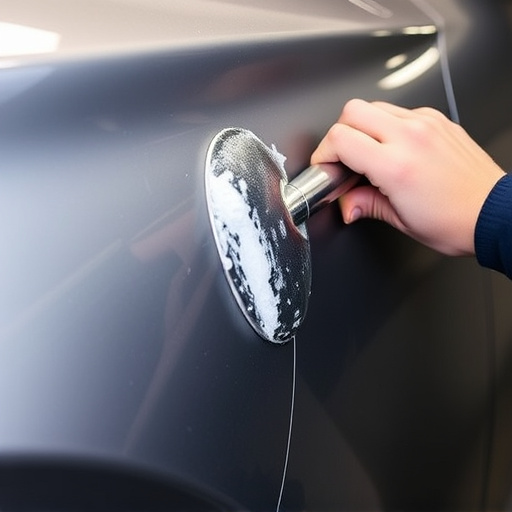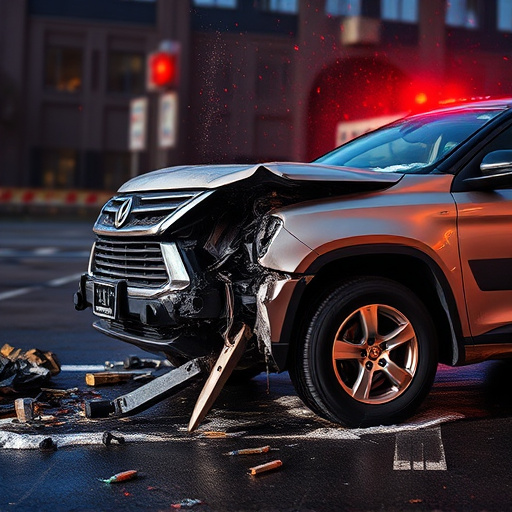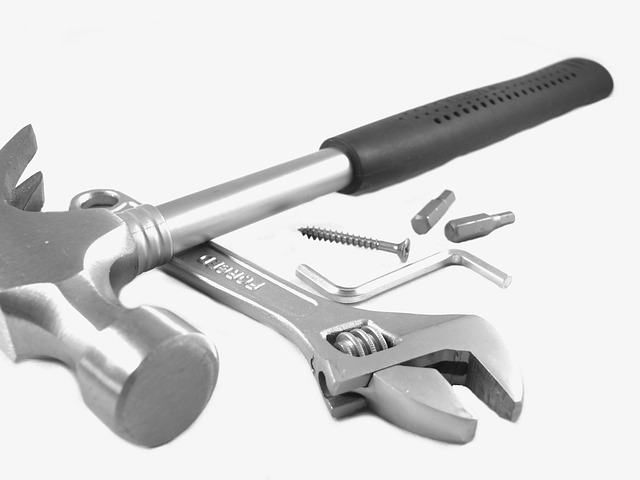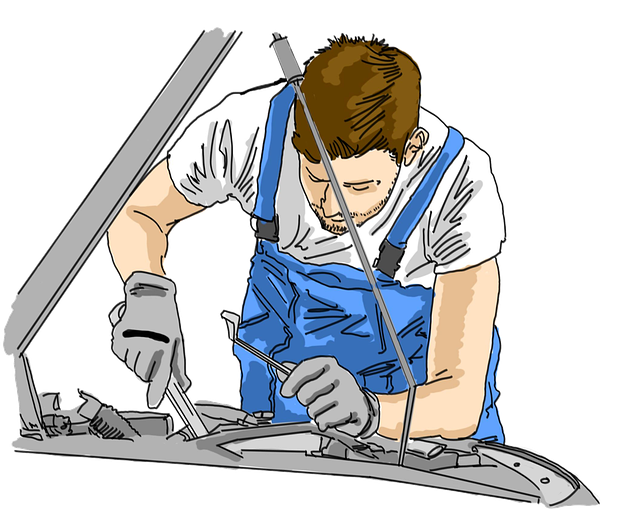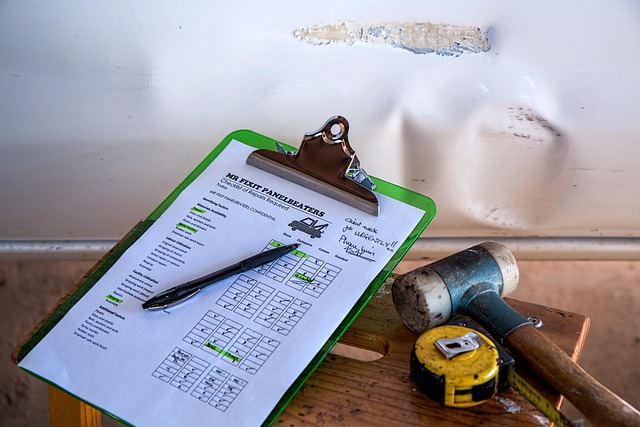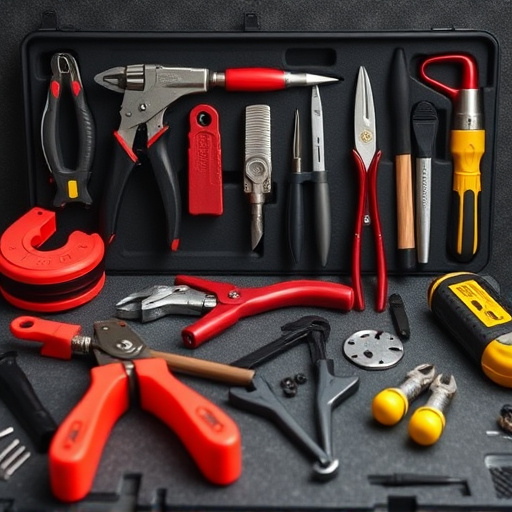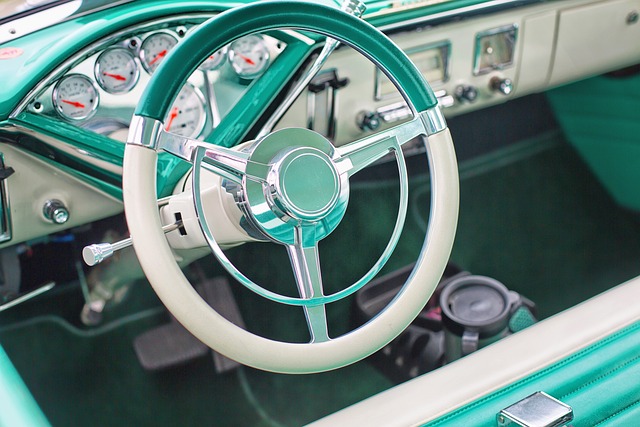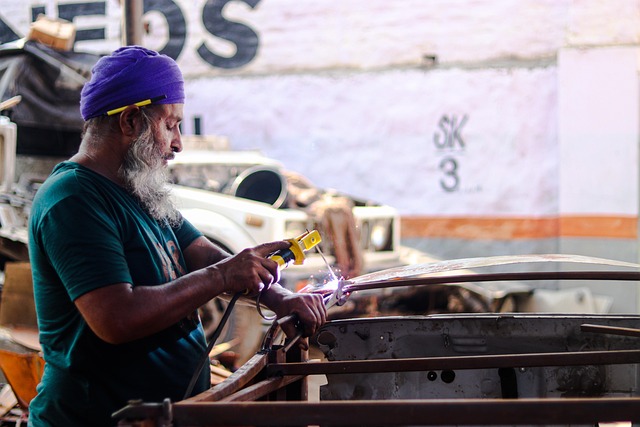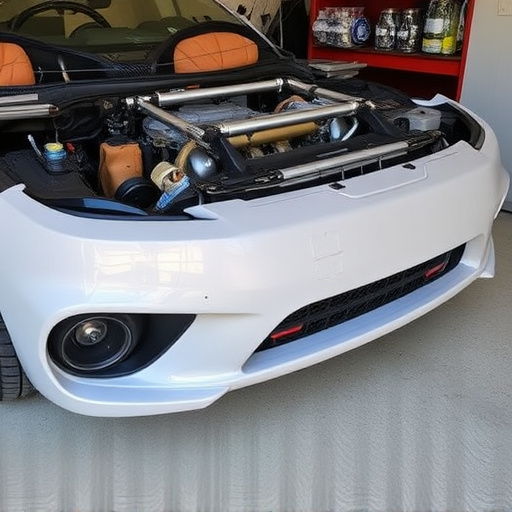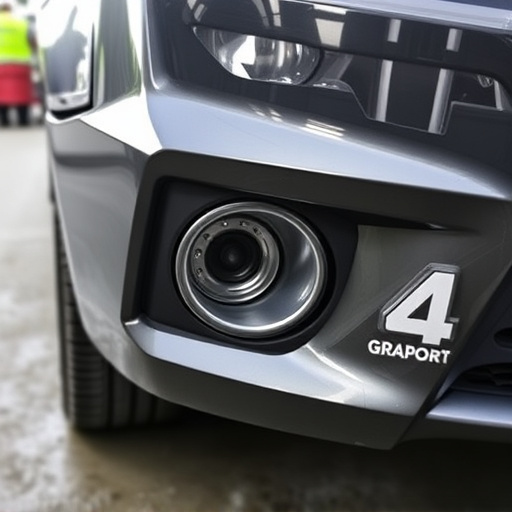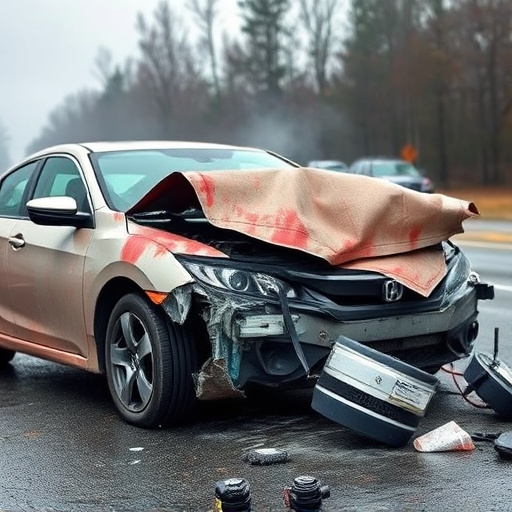Collision repair consultation is a critical initial step where skilled consultants, using advanced tools, thoroughly assess vehicles for visible and hidden damage. They provide transparent, detailed reports on repair needs, ensuring structural integrity and guiding vehicle owners through restoration options from minor dents to major collision services. These comprehensive damage reports are essential for both customers (informing decisions) and repair facilities (streamlined processes, accurate billing, quality control, and continuous improvement).
- The Role of Collision Repair Consultation in Damage Assessment
- Key Components of a Detailed Damage Report
- Benefits of Comprehensive Reporting for Customers and Repair Facilities
The Role of Collision Repair Consultation in Damage Assessment

Collision repair consultation plays a pivotal role in the initial assessment phase of any vehicle collision repair. It’s not just about fixing dents; it involves a thorough examination of the entire vehicle to identify damage, both visible and hidden. Skilled consultants utilize advanced tools and techniques to capture detailed images and create comprehensive reports, ensuring every aspect of the vehicle is accounted for.
This meticulous process goes beyond surface-level appearances. Consultants check for structural integrity, frame alignment, and potential internal damage. By combining their expertise with state-of-the-art technology, they provide owners with transparent insights into the scope of repairs needed, making informed decisions about vehicle collision repair more accessible. These detailed damage reports are invaluable, serving as a roadmap for efficient and effective restoration of vehicles, be it a car dent repair or broader vehicle repair services.
Key Components of a Detailed Damage Report

A comprehensive collision repair consultation wouldn’t be complete without a detailed damage report. This document serves as a critical bridge between the affected vehicle and its restoration process, acting as a blueprint for the repair team. Key components ensure every aspect of the car’s condition is accurately captured.
First, visual inspections are essential, documenting existing repairs, pre-existing damages, and new injuries with precise notes and images. This includes assessing body panels, frames, wheels, tires, glass, and interior components. For instance, noting specific scratch patterns or chip locations in car paint repair cases can guide the restoration process more effectively. Similarly, for auto glass repair, identifying crack types and sizes is vital. Beyond physical damage, reports should also include information about fluid levels, engine condition, and any system malfunctions that may have occurred during the collision.
Benefits of Comprehensive Reporting for Customers and Repair Facilities
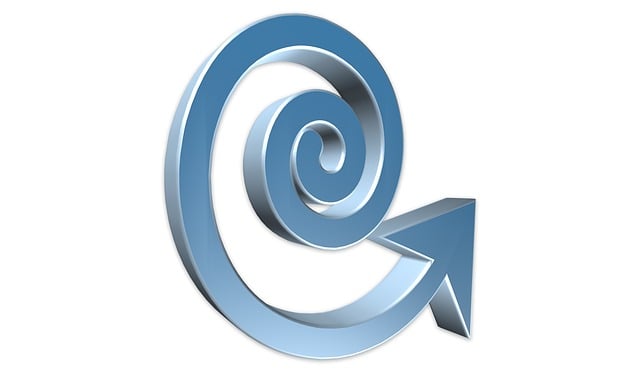
Comprehensive damage reports are invaluable for both customers and collision repair facilities. For customers, detailed reports offer transparency into the extent of their vehicle’s damage, enabling informed decisions about restoration options. This includes understanding costs, timelines, and potential outcomes, fostering trust between customer and repair facility.
For collision repair shops, these thorough reports streamline the estimation process, ensuring accurate billing and efficient workflow management. Accurate documentation also aids in quality control, as it allows for consistent evaluation of repairs across various vehicles and facilitates continuous improvement in auto painting and car restoration processes.
Collision repair consultation plays a pivotal role in ensuring accurate damage assessment through detailed reports. By meticulously documenting every aspect of vehicle damage, these consultations provide crucial information for both customers and repair facilities. The key components of such reports include visual assessments, part identification, and cost estimates, all of which facilitate efficient repairs. Comprehensive reporting benefits customers by offering transparency and peace of mind, while repair facilities reap advantages through streamlined workflows and better resource allocation. Thus, collision repair consultation is an indispensable service that enhances the entire vehicle damage assessment process.
